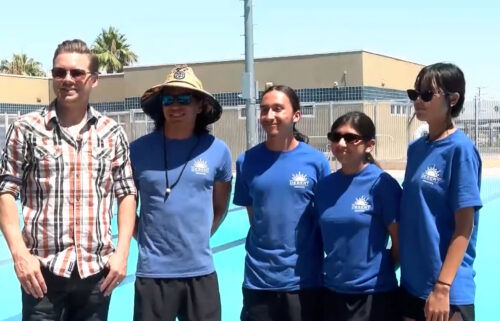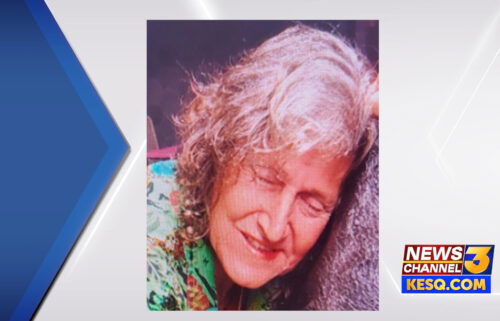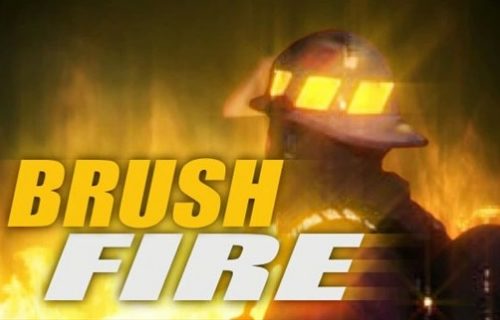Some medical schools in Canada face cadaver shortage
By Mitchell Consky
Click here for updates on this story
TORONTO (CTV Network) — Some Canadian medical and dental schools are facing a shortage of a major tool for anatomical education: cadavers.
With donations plummeting since the start of the pandemic, Olusegun Oyedele, a professor of teaching at the University of British Columbia’s faculty of medicine, believes the shortage of cadavers will directly impact the quality of medical education for countless students.
“The students will lack a sudden knowledge of the human body,” he told CTV’s Your Morning Thursday. “I know there are alternatives all over the world. I know that other med schools use technologies. But our students who have graduated from programs using cadavers will tell you there is no substitute. There is no alternative to [the real thing].”
Oyedele pointed out that the shortage may particularly affect students going into surgical disciplines, causing a rampant deficiency in “knowing the human body.”
“The fact that they could see what fundamentally is similar to a human that they will be working with throughout their lives [is crucial],” he said. “All the organs and the nerves and the muscles are exactly in the same place. The normal spatial relationships that exist in a human body also exist in a cadaver.”
Every year, UBC says more than 1,000 students in different medical programs are trained in anatomy using cadavers. Pre-pandemic, the university received 82 to 100 human cadaver donations a year, but programs now receive 50 per cent of that.
Although advanced computer simulations that offer virtual reality and emulated scalpel feedback are being used throughout the world, Oyedele said technological alternatives cannot effectively replace the educational experience of training with a real body.
“Medical research has shown that our students learn best when they are able to use all the sensory modalities — the touching, the feeling, the actual perception of depth. Those things that you can actually experience in an actual cadaver are not reproducible using all these other models or virtual reality [programs],” he said.
One study, published in Computer Methods and Programs in Biomedicine, evaluated the effectiveness of a virtual reality temporal bone simulator for anatomy and surgical training. The results found that trainees gained greater anatomical knowledge when training on a cadaver than with programs that simulate the use of one, but that the virtual reality temporal bone in the skull did provide general satisfactory training for medical residents and students.
The findings suggest that future advancements in virtual reality may clear the way for more precise modality simulations in medical education.
Until then, though, human bodies are the best training option available, Oyedele said.
Other universities in North America and beyond are also experiencing a shortage of cadaver donations. University of New Mexico, which normally received up to 75 body donations annually, only accessed 18 this year, according to a press release.
Across the pond, numbers of donations in British medical programs have fallen so low that The British Medical Journal has declared it a “crisis” in surgical training, as reported by The Economist.
“We recognize it’s a gift and we don’t take it for granted,” Oyedele said. “We keep up to the promise of treating our cadavers with dignity and respect. And it’s something we value extremely.”
“So please go ahead and donate your body.”
Please note: This content carries a strict local market embargo. If you share the same market as the contributor of this article, you may not use it on any platform.
Sonja Puzic



